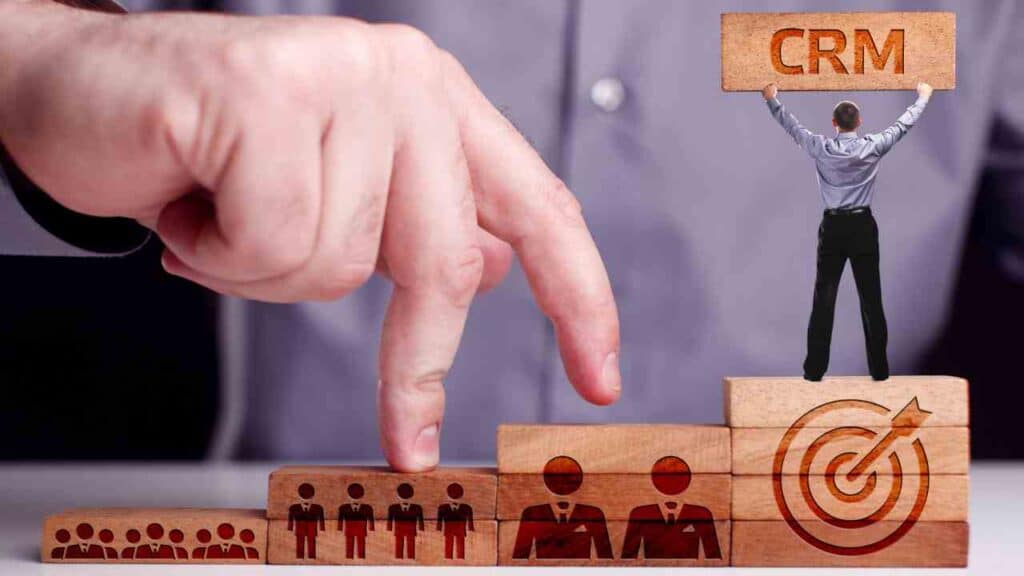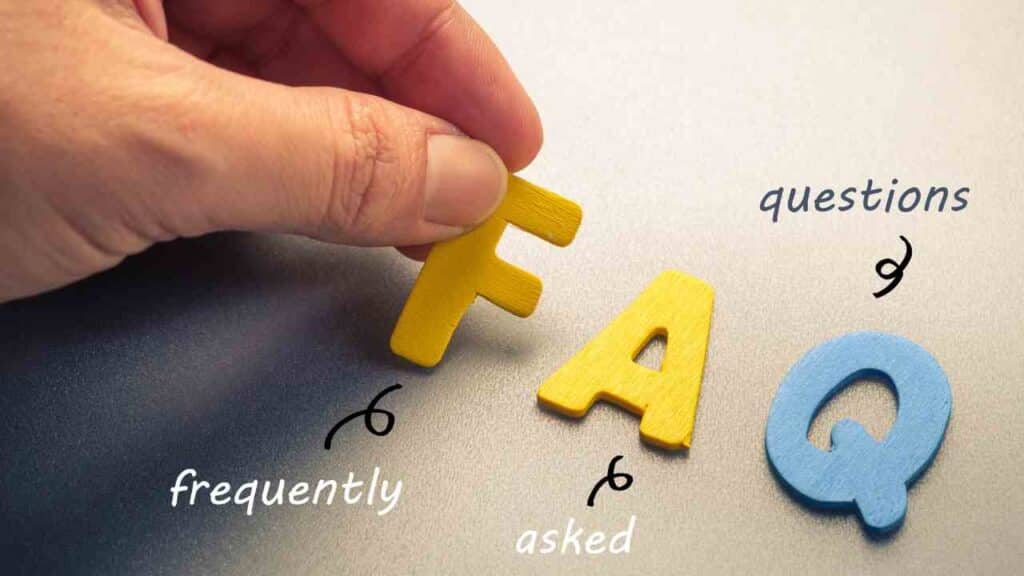How To Enhance Team Relations With CRM

Effective team relations are crucial for the success of any organization. When team members collaborate seamlessly, productivity increases, and goals are achieved more efficiently. One tool that can significantly enhance team relations is Customer Relationship Management (CRM) software. In this article, we will explore how CRM can improve team relations and provide valuable insights on how to implement it effectively.
Understanding CRM
CRM is a software solution that helps businesses manage their interactions with customers and prospects. It allows organizations to store and analyze customer data, track sales activities, and automate various processes. While CRM is primarily used for customer management, it can also be a powerful tool for enhancing team relations.
The Benefits of CRM for Team Relations
Implementing CRM software can bring several benefits to team relations:
- Improved Communication: CRM provides a centralized platform for team members to access and share information. This eliminates the need for multiple communication channels and ensures that everyone is on the same page.
- Enhanced Collaboration: With CRM, team members can collaborate on projects, share documents, and track progress in real-time. This fosters a sense of teamwork and encourages collective problem-solving.
- Streamlined Workflows: CRM automates repetitive tasks, such as data entry and follow-ups, freeing up time for team members to focus on more important activities. This improves efficiency and reduces the risk of errors.
- Increased Accountability: CRM allows managers to track individual and team performance, making it easier to identify areas for improvement and provide constructive feedback. This promotes accountability and encourages team members to take ownership of their work.
- Improved Customer Service: CRM provides a comprehensive view of customer interactions, enabling team members to deliver personalized and timely support. This leads to higher customer satisfaction and loyalty.
Implementing CRM for Team Relations
While CRM offers numerous benefits, its successful implementation requires careful planning and execution. Here are some key steps to consider:
1. Define Your Objectives
Before implementing CRM, clearly define your objectives and what you hope to achieve. Identify the specific team relations challenges you want to address and set measurable goals. For example, you may aim to reduce communication gaps or improve collaboration between sales and marketing teams.
2. Choose the Right CRM Software
There are various CRM software options available, each with its own features and pricing plans. Consider your organization’s needs and budget when selecting a CRM solution. Look for software that offers robust team collaboration features, customizable workflows, and integration capabilities with other tools your team uses.
3. Provide Adequate Training
Once you have chosen a CRM software, ensure that your team receives proper training on how to use it effectively. Provide comprehensive training sessions and resources to familiarize team members with the software’s features and functionalities. Encourage them to ask questions and address any concerns they may have.
4. Customize the CRM to Fit Your Team’s Workflow
Every team has its own unique workflow and processes. Customize the CRM software to align with your team’s specific needs. This may involve creating custom fields, defining workflows, and setting up automation rules. By tailoring the CRM to fit your team’s workflow, you can maximize its effectiveness and adoption.
5. Foster a Culture of Collaboration
CRM is not just a tool; it is a catalyst for collaboration. Encourage team members to actively use the CRM software and share their insights and updates with others. Foster a culture of collaboration by recognizing and rewarding teamwork, and by providing opportunities for cross-functional collaboration.
6. Continuously Monitor and Improve
Regularly monitor the usage and effectiveness of the CRM software. Collect feedback from team members and identify areas for improvement. Use analytics and reporting features to track team performance and identify bottlenecks or areas where additional training may be required. Continuously refine your CRM implementation to ensure it aligns with your team’s evolving needs.
Case Study: XYZ Company
XYZ Company, a leading software development firm, implemented CRM software to enhance team relations. They faced challenges with communication gaps between their sales and development teams, resulting in missed opportunities and delays in project delivery.
By implementing CRM, XYZ Company was able to:
- Centralize customer data and project information, ensuring that both teams had access to the same information.
- Automate lead assignment and follow-up processes, reducing the risk of leads falling through the cracks.
- Enable real-time collaboration between sales and development teams, improving communication and reducing project delays.
- Track project progress and performance, allowing managers to provide timely feedback and support to team members.
As a result, XYZ Company experienced improved team relations, increased productivity, and higher customer satisfaction.
CRM software can be a powerful tool for enhancing team relations. By improving communication, fostering collaboration, streamlining workflows, and increasing accountability, CRM can significantly boost team productivity and overall organizational success. When implementing CRM, it is essential to define clear objectives, choose the right software, provide adequate training, customize the CRM to fit your team’s workflow, foster a culture of collaboration, and continuously monitor and improve. By following these steps, organizations can unlock the full potential of CRM and create a more cohesive and productive team environment.
Visit https://SaasExpert.ca – Your All-In-One Sales and Marketing Platform for small businesses, agency owners, and marketers.
Learn more about “Strategies To Strengthen Team Interaction with CRM” right here.
Frequently asked questions about How To Enhance Team Relations With CRM.

❓ How can a CRM system foster better communication within teams?
🗨️ A: Open, consistent communication is the heartbeat of strong team relations, and that’s exactly what CRM promotes. With all data — from client information to team member notes and project updates — stored centrally, team members have clear visibility on what others are doing. 🕵️♂️ This transparency cuts down confusion or overlap in responsibilities. Even better? Integrated communication tools within the CRM mean colleagues can send instant messages, share immediate updates, or flag urgent issues in real-time. Think of it as having a dynamic, interactive platform where team members are continually connected, fostering a spirit of collaboration and mutual support that’s vital for robust team relations. 🤝
❓ Can CRM assist in resolving conflicts among team members?
🤔 A: Absolutely! Conflicts often arise from misunderstandings or lack of clarity. CRM systems shine a light by providing transparent, data-driven records of interactions, tasks, and responsibilities. 📊 Say goodbye to the “he said, she said” scenarios. When issues arise, teams can refer back to the CRM data to understand the sequence of events, identify any miscommunications, and rectify them based on factual information. By relying on CRM data, teams can approach conflicts objectively and constructively, focusing on resolving the issue at hand rather than getting tangled in interpersonal disputes. It’s like having a source of truth that helps keep everyone honest and aligned! 🛠️
❓ How does CRM encourage collaboration and collective problem-solving?
💡 A: CRM is a powerhouse for collaborative energy, turning the individual mindset into a ‘team brain.’ 🧠 Through shared databases, teams can collectively access information, brainstorm, and make decisions together. Got a tough client issue? Team members can put their heads together right within the CRM, proposing solutions, voting on next steps, or providing insights from past interactions. The platform’s ability to record and display everyone’s input means no idea gets lost in the shuffle, and every voice has a chance to be heard. It’s about weaving a tapestry of collective wisdom and initiative, one thread at a time. 🤲
❓ Can CRM systems help in recognizing and rewarding team efforts?
🌟 A: One of the greatest morale boosters is recognition. CRM systems can track individual and team achievements, providing clear data on targets met, successful projects, or even positive customer feedback. 🏅 Leaders can use this data to publicly acknowledge hard work and successes, whether in small team meetings or big company gatherings. Want to gamify it? Set up friendly competitions with leaderboards in the CRM, offering rewards for top performers. The visibility and objectivity of CRM data ensure that recognition and rewards are fair, which can be a fantastic boost for team spirit and camaraderie. After all, nothing says “We appreciate you!” like well-deserved, data-backed recognition. 🎉
❓ How do CRM training sessions enhance team bonding?
🤝 A: Training is not just about skill acquisition; it’s a team-building exercise. When introducing a new CRM system or feature, collective training sessions are ground zero for team bonding. 📚 Why? Because learning together puts everyone on the same page, creating a sense of shared experience and growth. Team members can help each other out with challenges, share tips and tricks, or even have a laugh over common “beginner” mistakes. This shared learning experience fosters an environment of empathy, assistance, and understanding among team members, solidifying relationships that go beyond daily tasks or projects. It’s the difference between working with colleagues and working with friends. 🎓👭






